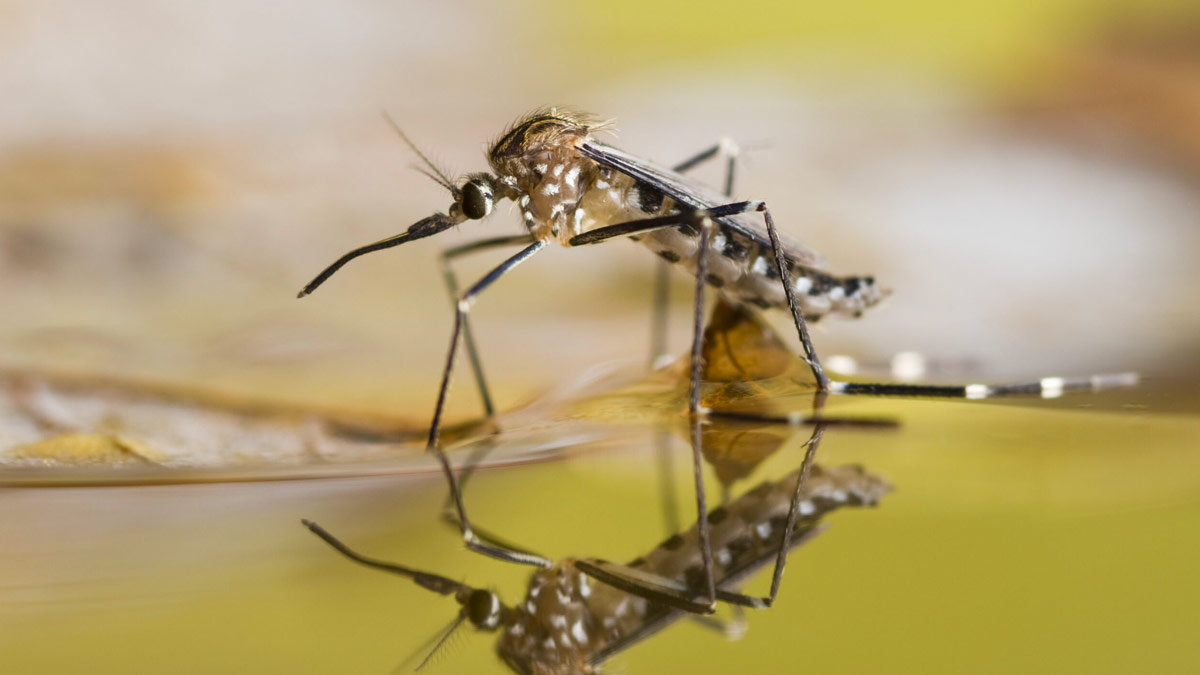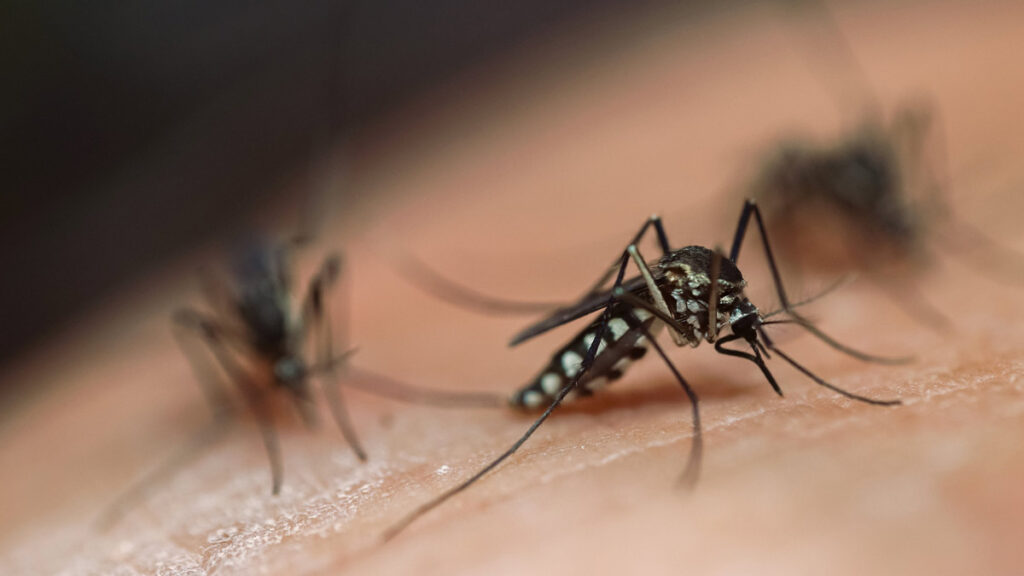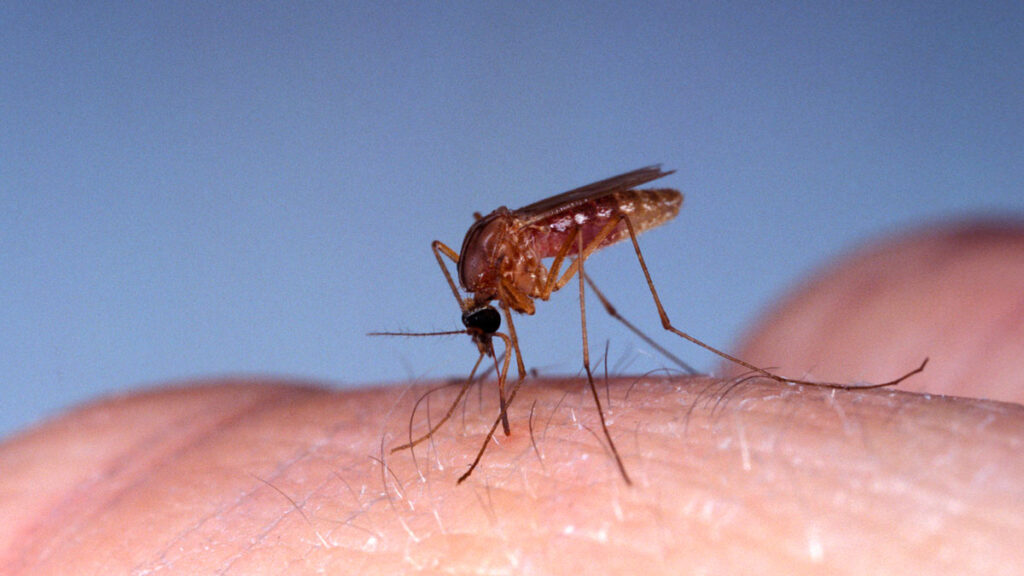
Understanding Mosquito-Borne Illnesses in Florida
Prevention, Impact, and Response
Updated on: January 2024

Florida has long battled the issue of mosquitoes and the diseases they carry. Over recent years, the Sunshine State has seen a surge in mosquito-borne illnesses, with diseases like Zika, West Nile Virus, and Dengue making headlines. This rise not only poses significant health concerns for Florida’s residents but also its thriving tourist industry. For both groups, understanding the risks and preventive measures is a necessity. Equipped with knowledge and awareness, individuals can take proactive steps, ensuring their safety while continuing to enjoy all that Florida has to offer.
Find What You Need
The Scope of the Issue
The battle against mosquito-borne illnesses in Florida is intricate, influenced by both environmental factors and the very nature of these illnesses. The common diseases to be aware of include the Zika virus, West Nile Virus, Dengue fever, and Chikungunya. Over the last decade, there has been a concerning uptick in cases, with the Zika outbreak of 2016 becoming particularly alarming. This outbreak led to the Centers for Disease Control and Prevention (CDC) issuing a travel advisory for parts of Miami-Dade County, a first for the continental U.S. In addition to these familiar threats, a new wave of diseases, such as Eastern Equine Encephalitis (EEE), has been gaining traction, adding another layer of concern.
Furthermore, Florida’s climate promotes warm temperatures and frequent rain which provides an ideal breeding ground for mosquitoes. These conditions, especially during the summer months, speed up the mosquito life cycle, leading to more mosquitoes in a shorter time frame. The Everglades, with its vast wetlands, and regions like Miami-Dade and Monroe County, with their combination of urban areas and water bodies, are particularly vulnerable. These regions often report higher instances of mosquito-borne diseases, necessitating more intensive control measures. But, it’s not just these areas as the entire state’s susceptibility fluctuates with weather patterns, migration, and human behaviors. Thus, it’s a complex issue that intertwines nature with the spread of these diseases, making them a consistent challenge for Florida.
Take Away
Florida’s battle against mosquito-borne illnesses underscores the balance between nature, urbanization, and public health. As these diseases evolve, so must our awareness and collective efforts. For every Floridian and visitor, staying informed and adopting preventive measures is necessary. The health of Florida communities against mosquitoes depends on collective awareness and effort.
The Impact on Health and Society
When assessing the variety of mosquito-borne illnesses in Florida, the physiological effects present differently. The Zika virus, for instance, often presents with mild symptoms such as rashes, fevers, and joint pain, sometimes so subdued that they’re mistaken for a common cold. However, its real danger surfaced when pregnant women infected with Zika gave birth to babies with microcephaly, a severe birth defect marked by smaller head sizes and developmental issues. On the other hand, the West Nile Virus often manifests silently in many, yet in a few, it escalates to severe neurological ailments like encephalitis or meningitis, conditions that can have long-term ramifications or even prove fatal.
Beyond the immediate health ramifications, the socio-economic tendrils of these diseases penetrate deep. As outbreaks swell, the cost of medical treatment and preventive measures weigh heavily on both the state and individuals. The local communities, especially those reliant on tourism, face the dual challenge of protecting their populace while ensuring economic stability. A single travel advisory, like the one witnessed during the Zika outbreak, can lead to decreased hotel bookings and restrained outdoor activities. Hence, local businesses, from eateries in Miami Beach to tour operators in the Keys, endure substantial revenue losses. Furthermore, this economic strain often influences public health decisions, sometimes leading to prioritized, targeted interventions over broader, more comprehensive strategies.
Prevention and Control
There are various methods and solutions that exist to protect your home and family from this widespread issue. Taking individual and community action can help deter this issue in Florida.
Measures in Place
Combatting mosquito-borne diseases demands both institutional and individual efforts. Local governments, particularly in vulnerable regions like Miami-Dade and the Florida Keys, have been proactive. A multi-pronged approach is often adopted, involving aerial sprays, such as the ones deploying the bacterial larvicide BTI (Bacillus thuringiensis israelensis). While efficient, the costs of such operations can range from $1 to $2 per acre, a substantial amount when considering the vastness of Florida’s susceptible areas. Additionally, public education campaigns play a pivotal role. Billboards, community workshops, and school programs emphasize preventive measures, ensuring that the public remains the first line of defense against these potentially dangerous invaders.
DIY Prevention
For individual households, protection often starts with repellents. Brands like OFF! and Cutter Advanced, containing DEET or picaridin, are popular choices, with prices averaging between $5 to $10 for a typical spray bottle. However, homeowners are further advised to regularly eliminate stagnant water, a common breeding ground for mosquitoes. Simple actions, like emptying bird baths, overturning unused pots, and keeping rain gutters clean, can make a marked difference.
Wildlife and Ecosystem Balance
In the broader spectrum, Florida’s ecosystem presents natural checks. The Gambusia fish, often dubbed the “mosquito fish”, feeds on mosquito larvae, acting as a natural control mechanism in ponds and water bodies. However, in using other methods there can be consequences as overreliance on chemical measures can harm these beneficial predators, upset ecological balances, and even lead to pesticide-resistant mosquito strains. Therefore, creating a balance between intervention and natural ecology should be prioritized.
Current Research and Innovations
There are various emerging and proactive measures that are being taken to address this increasingly pressing issue. Science and medicine are primary leaders in tackling the dangers posed by mosquitoes.
Upcoming Solutions
Florida’s persistent battle with mosquito-borne illnesses has created a robust response from the scientific community. Institutions like the University of Florida’s Emerging Pathogens Institute are at the forefront, delving into next-generation control methods. One standout innovation is the release of genetically modified mosquitoes, particularly the Aedes aegypti species. By introducing males that carry a self-limiting gene, the subsequent offspring don’t survive to adulthood, thus gradually reducing the mosquito population. This technique, deployed by companies like Oxitec, not only targets disease-carrying mosquitoes but does so in an environmentally conscious manner.
Regarding medical efforts, hopes are focused on vaccine developments. Dengvaxia, a vaccine against dengue, has received limited approval in certain countries, and efforts are ongoing to broaden its efficacy and reach. For Zika, while no vaccine is commercially available yet, multiple candidates are undergoing clinical trials, with funding from organizations like the Bill & Melinda Gates Foundation propelling research.
Blood Safety
As for ensuring blood safety, the risk of transmitting mosquito-borne diseases via blood transfusion adds another layer of complexity. In response, blood banks and organizations, such as OneBlood in Florida, have implemented rigorous testing protocols. Donors who’ve traveled to high-risk zones or exhibit symptoms are deferred. Additionally, advanced nucleic acid testing (NAT) systems, which cost around $100 to $200 per test, are employed to screen donations for traces of pathogens like Zika. These stringent measures ensure that the critical act of blood donation remains both a lifeline for recipients and a safe process for donors.
Global and Local Collaborations
Florida’s struggle with mosquito-borne illnesses is not an isolated concern. The inflow and outflow of travelers become potential gateways for these diseases. For instance, the Zika outbreak that originally emerged in Brazil soon found its way to Florida’s shores, mainly attributed to frequent air travel. As per the World Tourism Organization, the average expenditure on international tourism for Americans is about $1,100 per trip, demonstrating the frequency and reach of such travel.
Recognizing this global entanglement, Florida has been a center of collaboration. The state health department routinely syncs with the Centers for Disease Control and Prevention (CDC) and World Health Organization (WHO) for updates, guidance, and resources. These inter-agency efforts are very important in generating response strategies, conducting joint research, and sharing best practices. Furthermore, with states like Texas, which share similar climatic conditions and mosquito challenges, partnerships are forged to collaboratively advance preventive measures, pool research findings, and optimize resource allocation.
Additionally, the advent of digital health platforms, like ProMED-mail, aids in real-time tracking and reporting of outbreaks worldwide. This not only offers Florida a global perspective but also enables prompt adaptation of successful interventions, whether they originate from a neighboring state or a distant country. The mutual sharing of knowledge, resources, and research strengthens our knowledge and efforts against mosquito-borne diseases.
Challenges and the Way Forward
Addressing mosquito-borne illnesses presents challenges as health departments, while adept, often grapple with the sheer unpredictability of outbreaks. Limited resources juxtaposed against expansive geographies, like the Everglades, make monitoring a difficult task. Deploying consistent surveillance, especially when certain illnesses can be asymptomatic, necessitates investment in sophisticated tracking systems. Real-time data solutions, such as the Florida Arbovirus Surveillance System, are needed, yet funding and maintaining such platforms can cost upwards of $500,000 annually, with added expenses for training and integration.
Furthermore, Florida’s rapid urban development has reshaped the landscape, both literally and epidemiologically. As marshlands give way to condos and sprawling suburbs, altered water drainage patterns inadvertently create new breeding grounds for mosquitoes. Urbanized zones, with their high human density, become hotspots for disease transmission. Moreover, these urban hubs often pose logistical challenges for large-scale preventive measures like aerial sprays.
For healthcare providers, staying abreast of the evolving landscape of mosquito-borne illnesses is essential. Periodic seminars, like those conducted by the Florida Medical Association at an average cost of $300 per attendee, ensure doctors are equipped with the latest knowledge. Furthermore, digital platforms and medical journals, such as The Lancet or the New England Journal of Medicine, serve as continuous repositories of global research, enabling physicians to adapt and apply international findings locally. Innovation and adaptation is the best strategy.


